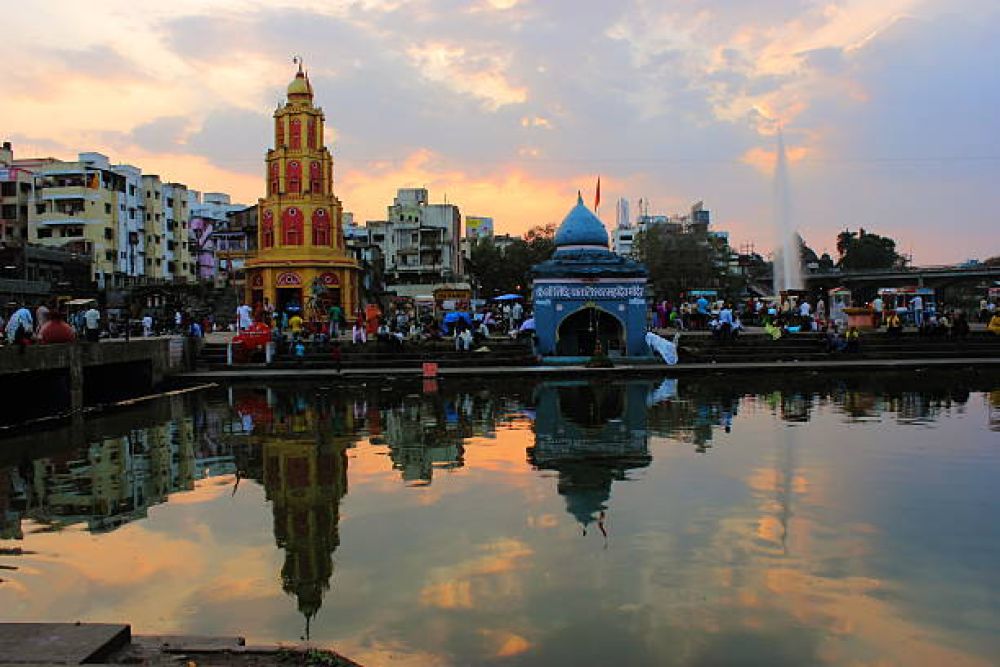

Panchavati, a significant area within the holy city of Nashik in Maharashtra, India, has a rich heritage that resonates with the echoes of mythology, history, and spirituality. The name 'Panchavati' is derived from the Sanskrit words 'Pancha' meaning 'five' and 'Vati' meaning 'garden', referring to the five banyan trees which were present in the area as per the epic Ramayana.
The historical importance of Panchavati is linked with the Hindu epic, the Ramayana. It is believed to be the place where Lord Rama, along with his wife Sita and brother Lakshmana, spent a significant portion of their exile. The presence of numerous temples and pilgrim spots like Kalaram Temple, Sita Gufa, and Kapaleshwar Temple, make Panchavati a magnet for devotees and spirituality seekers from all over the world.
For centuries, Panchavati has been a place of pilgrimage, attracting sages, saints, and ordinary folks seeking blessings and spiritual guidance. The Kumbh Mela, one of the largest religious gatherings in the world held every 12 years in Nashik, further cements the area's status as a prime destination for spiritual tourism. Hindu devotees flock to Panchavati to bathe in the sacred Godavari River, believed to wash away their sins.
In recent decades, the evolution of tourism in Panchavati has seen an integration of modern facilities with its ancient spiritual groundwork. The establishment of convenient accommodations, improved transportation, and the development of guided tours have made the area more accessible to national and international tourists.
The latest tourism trend in Panchavati reflects a blend of spirituality with sustainable and experiential travel. Visitors are looking for authentic experiences that connect them with the local culture and history. There is a growing emphasis on eco-tourism initiatives to preserve the natural and historical sites. Various cultural festivals, apart from the traditional religious events, have also begun to attract a more diverse group of visitors.
Another trend is the rise of digital tourism. The Nashik tourism department has embraced technology, offering virtual reality experiences of the Kumbh Mela and interactive mobile apps that include self-guided tour maps of Panchavati and surrounding areas. This digital engagement allows tourists to plan and enhance their visit to Panchavati with readily available online resources.
In conclusion, the historical and spiritual significance of Panchavati continues to make Nashik a unique destination for tourists. With its blend of ancient heritage and modern amenities, as well as a push towards sustainable and innovative tourism, Panchavati is set to attract more visitors seeking a powerful and enriching experience in the times to come.